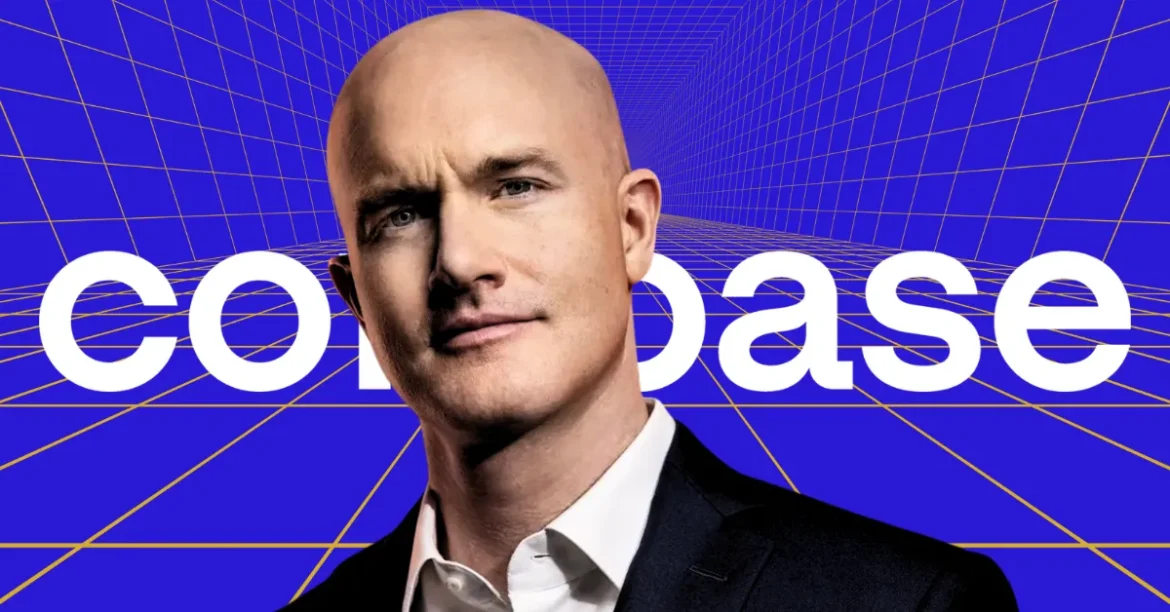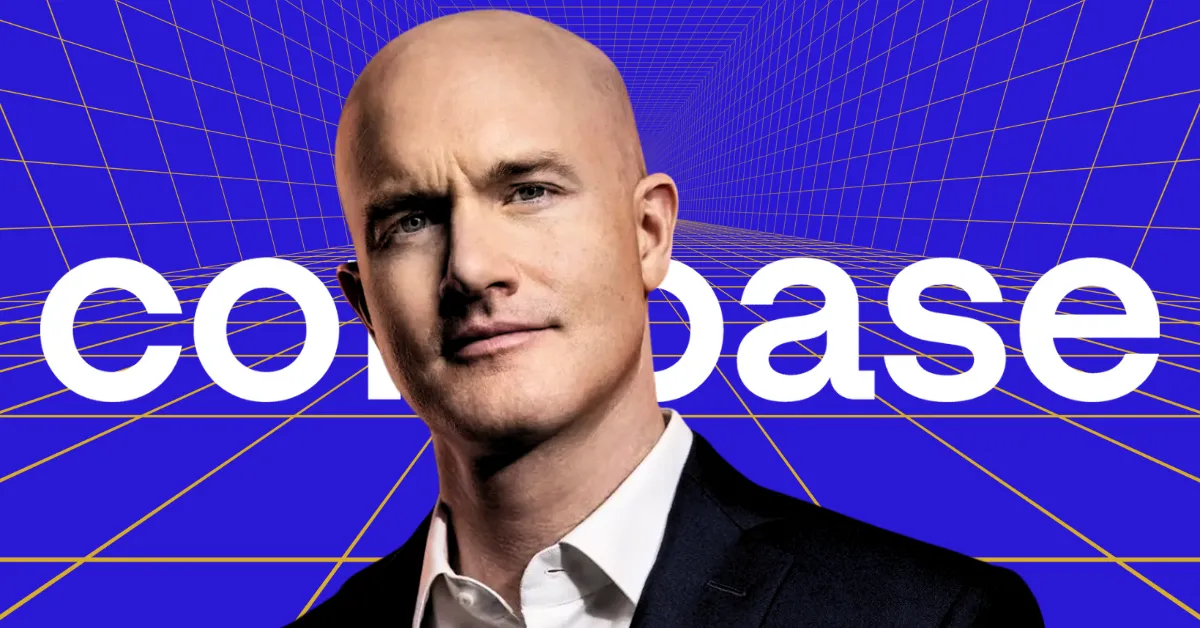The GENIUS Act: A New Dawn for Stablecoins and US Financial Dominance?
Introduction
The financial world is on the cusp of a transformative shift, and the recently signed Guiding and Establishing National Innovation for U.S. Stablecoins (GENIUS) Act is at the heart of this change. This landmark legislation, championed by President Trump, is poised to redefine the role of stablecoins in the global financial ecosystem. But what does this act truly mean for the future of digital finance, and how will it impact the United States’ standing in the world economy?
Decoding the GENIUS Act: A Framework for Stablecoins
The GENIUS Act is more than just a piece of legislation; it is a strategic move to position the United States at the forefront of the digital financial revolution. Stablecoins, which are cryptocurrencies designed to maintain a stable value relative to a reference asset like the US dollar, have long been seen as a bridge between traditional finance and the burgeoning world of digital assets. The act provides a comprehensive regulatory framework that legitimizes stablecoins, setting the stage for their broader adoption and integration into the US economy.
By acknowledging stablecoins as legal assets, the GENIUS Act removes the regulatory ambiguity that has previously hindered their development. This clarity is expected to attract significant investment and foster innovation in the stablecoin space. The act also aims to mitigate risks associated with stablecoins, ensuring that their use is both secure and beneficial for the broader financial system.
Key Provisions and Implications
Regulatory Clarity
One of the most significant aspects of the GENIUS Act is the regulatory clarity it provides. For years, the lack of a clear regulatory framework has been a major barrier to the widespread adoption of stablecoins. The act addresses this by establishing a legal status for stablecoins, which is expected to boost investor confidence and encourage more businesses to explore their potential.
Licensing and Oversight
The act is likely to introduce a licensing regime for stablecoin issuers, requiring them to meet stringent capital requirements and implement robust risk management practices. This oversight is crucial for protecting consumers and maintaining the integrity of the financial system. By ensuring that stablecoin issuers comply with anti-money laundering (AML) and counter-terrorism financing (CTF) regulations, the act aims to create a safer and more transparent environment for digital transactions.
Innovation and Competition
The GENIUS Act is expected to foster innovation and competition in the digital payments space. By providing a clear regulatory pathway, the act encourages new entrants to develop innovative stablecoin products and services. This competition is likely to benefit consumers and businesses alike, driving down costs and improving the efficiency of digital payments.
US Dollar Dominance
A key objective of the GENIUS Act is to extend the dominance of the US dollar in the digital age. By promoting the use of dollar-backed stablecoins, the act aims to ensure that the US dollar remains the currency of choice for international trade and finance. This is particularly important as digital currencies gain traction and challenge the traditional financial order.
Modernizing Payment Rails
The act is also seen as a means to modernize the outdated payment rails that have long plagued the financial system. Stablecoins have the potential to facilitate faster, cheaper, and more efficient payments, both domestically and internationally. By embracing this technology, the United States can position itself as a leader in the digital economy.
Voices from the Crypto World
The signing of the GENIUS Act has been met with widespread enthusiasm from the cryptocurrency industry. Coinbase CEO Brian Armstrong hailed it as the start of a US financial revolution, while Tether CEO Paolo Ardoino expressed his commitment to complying with the new regulations. Industry leaders believe that the act will unlock the full potential of stablecoins, paving the way for their integration into mainstream finance and commerce.
The act is seen as a sign that the United States is embracing innovation and positioning itself as a leader in the digital economy. This is a significant development, as the US has often been seen as lagging behind other countries in terms of regulatory clarity for digital assets.
Potential Challenges and Concerns
Despite the optimism surrounding the GENIUS Act, several challenges and concerns remain. The success of the act will depend on how it is implemented in practice. The regulatory framework must be carefully designed to strike a balance between fostering innovation and protecting consumers.
Implementation Details
The devil is in the details, and the success of the GENIUS Act will hinge on how it is implemented. Regulators will need to work closely with industry participants to ensure that the framework is both effective and flexible. This will require a delicate balance, as overly stringent regulations could stifle innovation, while too lax regulations could pose risks to consumers and the financial system.
Interoperability
For stablecoins to achieve widespread adoption, they need to be interoperable with existing payment systems and other digital currencies. Ensuring interoperability will require collaboration between regulators, industry participants, and technology developers. This is a complex challenge, but one that is essential for the success of stablecoins.
Competition from Other Countries
The United States is not the only country exploring the potential of stablecoins. Other countries are also developing their own regulatory frameworks for digital currencies, including stablecoins. The United States needs to stay ahead of the curve to maintain its competitive edge. This will require ongoing innovation and a commitment to staying at the forefront of digital finance.
Decentralization vs. Regulation
The very nature of cryptocurrency is decentralization, and some worry that over-regulation of stablecoins could stifle innovation and undermine the principles of the crypto movement. Finding the right balance will be key. The GENIUS Act must ensure that stablecoins remain innovative and decentralized, while also providing the necessary oversight to protect consumers and the financial system.
A Cautious Step into the Future
The GENIUS Act represents a significant step forward in the evolution of digital finance. By providing a regulatory framework for stablecoins, the act has the potential to unlock new opportunities for innovation, promote US dollar dominance, and modernize the payment system. However, it is crucial to address the potential challenges and concerns to ensure that stablecoins are developed and used in a responsible and sustainable manner.
The Real Revolution?
While the GENIUS Act undoubtedly marks a significant moment for the cryptocurrency industry, the true revolution will lie in its long-term impact on the financial landscape. Will stablecoins truly transform the way we transact and interact with money? Will the United States cement its position as the global leader in digital finance? Only time will tell. The GENIUS Act may be the starting gun, but the race has just begun. The act is a bold step forward, but its ultimate success will depend on how it is implemented and the ongoing commitment to innovation and regulatory clarity.





